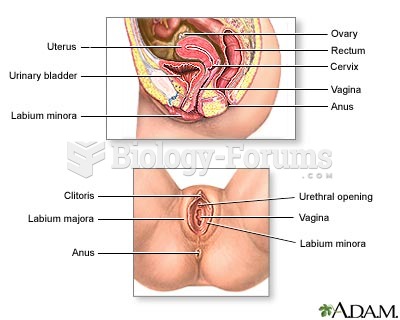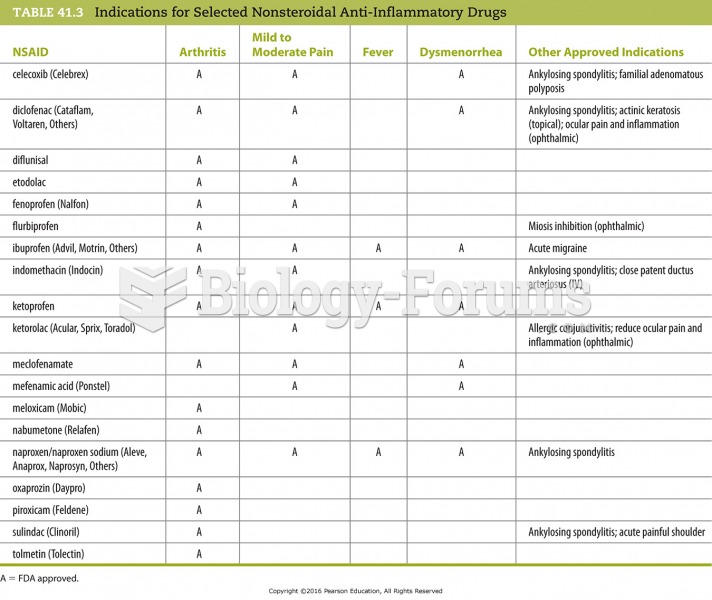Question 1
A data set has size 70. Approximately how many observations lie within 2 standard deviations to either side of the mean?
◦ 48
◦ 67
◦ 4
◦ 70
Question 2
The weights, in kilograms, of 60 randomly selected female school children from Country A, ages 12-15 years old, are presented in increasing order in the following table:
35.3 37.6 38.1 38.8 38.9 39.0 39.1 40.2 41.2
41.2 41.3 41.7 42.1 42.1 42.1 42.3 42.6 42.7
42.8 43.2 43.3 43.3 44.1 44.3 44.5 44.8 45.1
45.1 45.2 45.4 45.4 45.6 45.8 45.8 46.0 46.2
46.3 46.6 46.6 47.1 47.3 47.5 47.6 47.7 48.1
48.1 48.3 48.3 48.4 48.6 48.6 48.8 49.0 49.6
50.3 51.0 51.9 52.9 52.9 57.4
Note: The sample mean and sample standard deviation of these weights are, respectively, 45.19 and 4.19.
(i) Use the Empirical rule to estimate the percentages of the observations that lie within 1standard deviation(s) to either side of the mean.
(ii) Use the data to obtain the exact percentages of the observations that lie within 1standard deviation(s) to either side of the mean.
◦ (i) Assuming that the weights have a roughly bell-shaped distribution, approximately 63% of the observations should lie within 4.19 kg of the mean 45.19, or within the interval from 41 to 49.38;
(ii) 40 of the 60 observations 66.67% lie between 41 and 49.38.
◦ (i) Assuming that the weights have a roughly bell-shaped distribution, approximately 63% of the observations should lie within 4.19 kg of the mean 45.19, or within the interval from 40.5 to 49.68;
(ii) 45 of the 60 observations (75%) lie between 40.5 to 49.68.
◦ (i) Assuming that the weights have a roughly bell-shaped distribution, approximately 68% of the observations should lie within 4.19 kg of the mean 45.19, or within the interval from 39.7 to 50.48;
(ii) 43 of the 60 observations 71.67% lie between 39.7 to 50.48.
◦ (i) Assuming that the weights have a roughly bell-shaped distribution, approximately 68% of the observations should lie within 4.19 kg of the mean 45.19 or within the interval from 41 to 49.38;
(ii) 45 of the 60 observations (75%) lie between 41 and 49.38.







